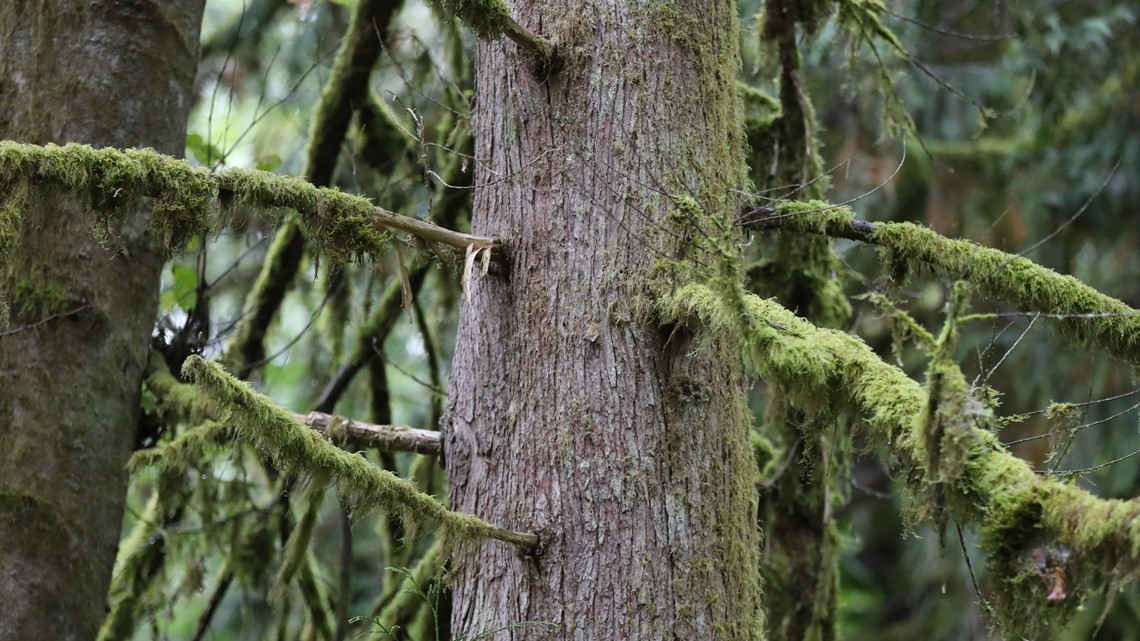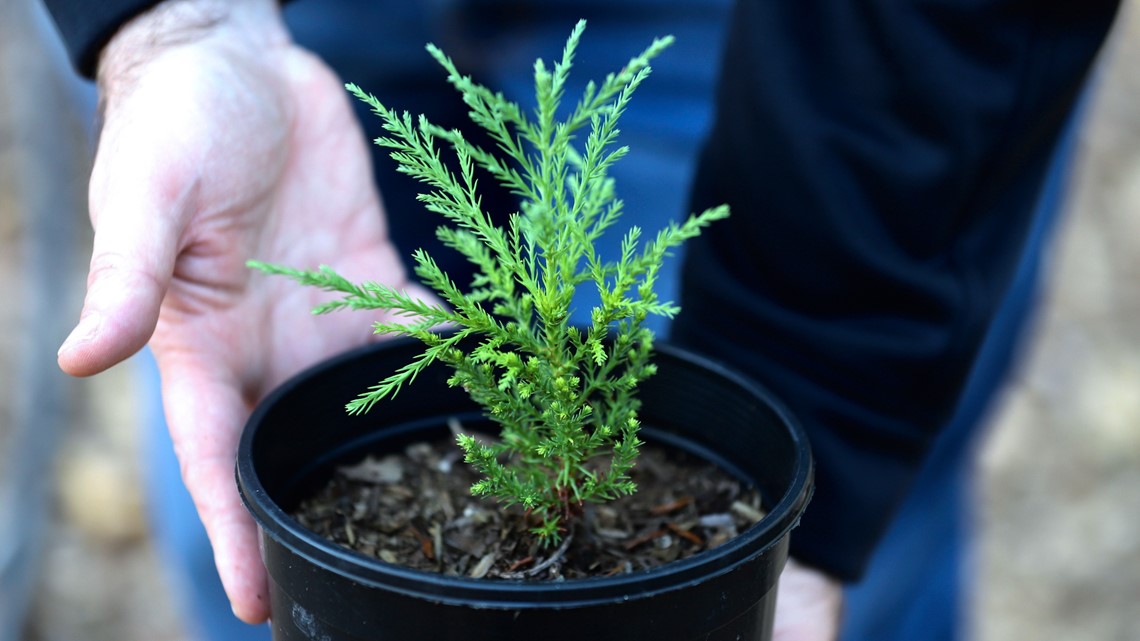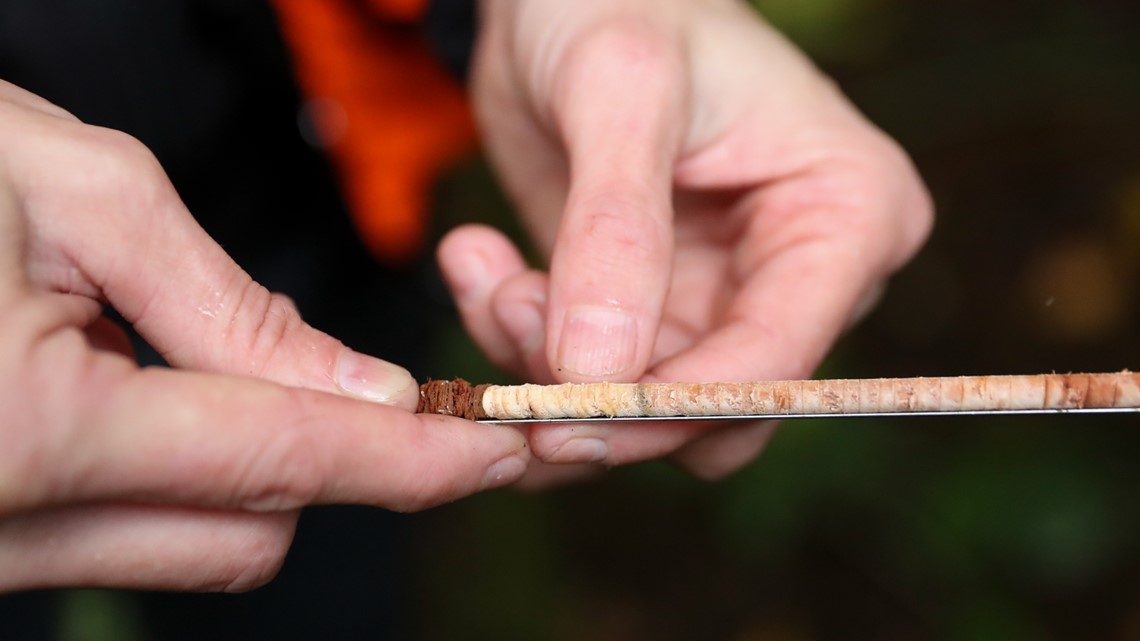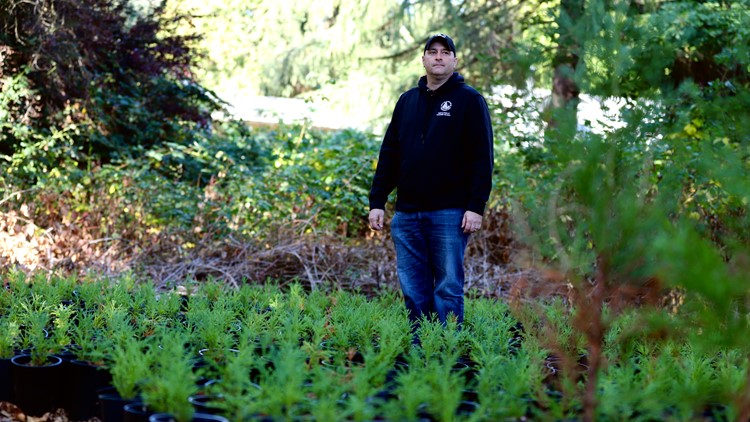PORTLAND, Oregon — As native trees in the Pacific Northwest die off due to climate changes, the U.S. Forest Service, Portland, Oregon and citizen groups around Puget Sound are turning to a deceptively simple climate adaptation strategy called “assisted migration.”
As the world’s climate warms, tree growing ranges in the Northern Hemisphere are predicted to move farther north and higher in elevation.
Trees, of course, can’t get up and walk to their new climatic homes. This is where assisted migration is supposed to lend a hand.
The idea is that humans can help trees keep up with climate change by moving them to more favorable ecosystems faster than the trees could migrate on their own.
Yet not everyone agrees on what type of assisted migration the region needs — or that it’s always a good thing.


In the Pacific Northwest, a divide has emerged between groups advocating for assisted migration that would help struggling native trees, and one that could instead see native species replaced on the landscape by trees from the south, including coast redwoods and giant sequoias.
“There is a huge difference between assisted population migration and assisted species migration,” said Michael Case, forest ecologist at the Virginia-based Nature Conservancy.


Case currently runs an assisted population migration experiment at the Conservancy’s Ellsworth Creek Preserve in western Washington.
Assisted population migration involves moving a native species' seeds, and by extension its genes, within its current growing range.
By contrast, assisted species migration involves moving a species well outside its existing range, such as introducing redwoods and sequoias to Washington.
A third form of assisted migration, called “range expansion,” amounts to moving a species just beyond its current growing range.
Case’s project involves testing whether breeds of native Douglas fir and western hemlock from drier parts of the Pacific Northwest can be used to help western Washington forests adapt to climate change. He says the Nature Conservancy is focusing on population migration because it has fewer ecological risks.
“Whenever you plant something in an area where it is not locally found you increase the risk of failure,” Case said. “You increase the risk of disturbing potential ecosystem functions and processes.”


Editor's note: This story is part of a collaboration between The Associated Press and Columbia Insight, exploring the impact of climate on trees in the Pacific Northwest.
VIDEO PLAYLIST: Climate change



